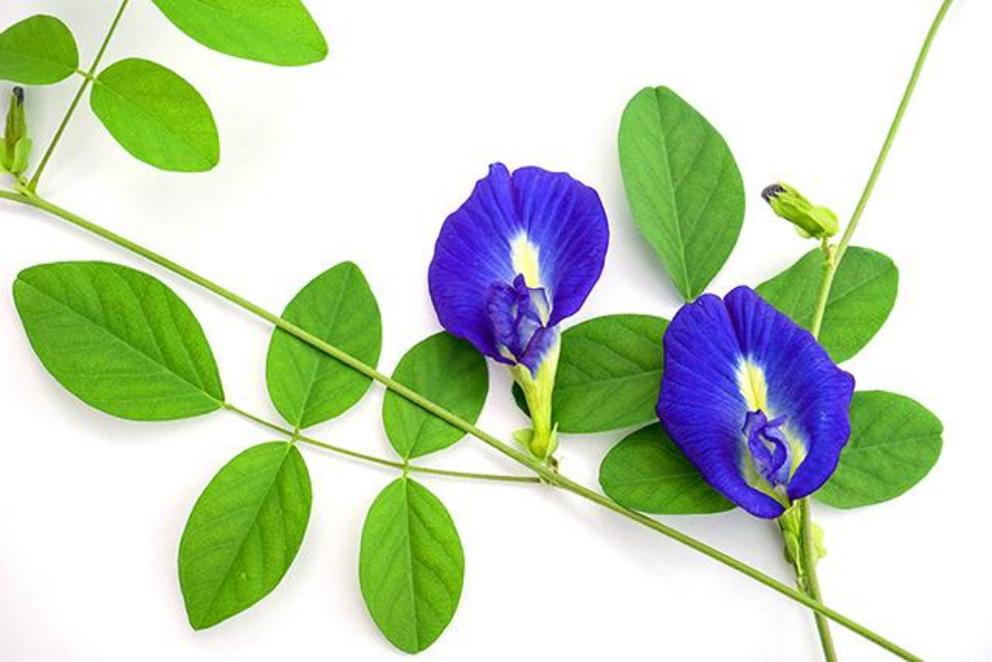Extract of the blue pea flower can keep your blood sugar levels stable after meals
Blue pea (Clitoria ternatea L.), a natural food colorant that contains anthocyanin, has been known to exhibit antioxidant and antihyperglycemic activity. In a study published in the journal BMC Complementary and Alternative Medicine, the effects of blue pea flower extracts on postprandial plasma glycemia response and antioxidant status were investigated.
- Fifteen healthy men aged between 22 and 40 years old with a body mass index in the range of 18.5 to 22.9 kilograms per square meter (kg/m2) were recruited for the study.
- The participants were randomly assigned to consume one of the five drinks: 50 g of sucrose in 400 milliliters (mL) of water; 1 g of blue pea flower extract in 400 mL of water; 2 g of blue pea flower extract in 400 mL of water; 50 g sucrose and 1 g blue pea flower extract in 400 mL of water; and 50 g sucrose and 2 g blue pea flower extract in 400 mL of water.
- During three hours of administration, researchers measured incremental postprandial plasma glucose, insulin, uric acid, antioxidant capacities, and lipid peroxidation.
- Thirty minutes after consumption of sucrose with one and 2 grams of blue pea flower extract, the postprandial plasma glucose, and insulin levels were controlled.
- The two treatments also increased plasma antioxidant capacity, oxygen radical absorbance capacity (ORAC), and Trolox equivalent antioxidant capacity (TEAC), and reduced malondialdehyde (MDA) levels.
- Consumption of blue pea flower extract protected sucrose-induced reductions in ORAC and TEAC and increase in plasma MDA.
- Blue pea flower extract alone did not affect glucose and insulin levels, which indicated that ingesting blue pea flower does not produce hypoglycemia in the fasting state as its antihyperglycemic effect is not involved in the insulin-secreting activity.
Overall, blue pea flower extract consumed with sucrose can improve postprandial glucose, insulin, and antioxidant status.
Read the full text of the study at this link.
To read more stories on diabetes factors, read DiabetesScienceNews.com.
For full references please use source link below.

